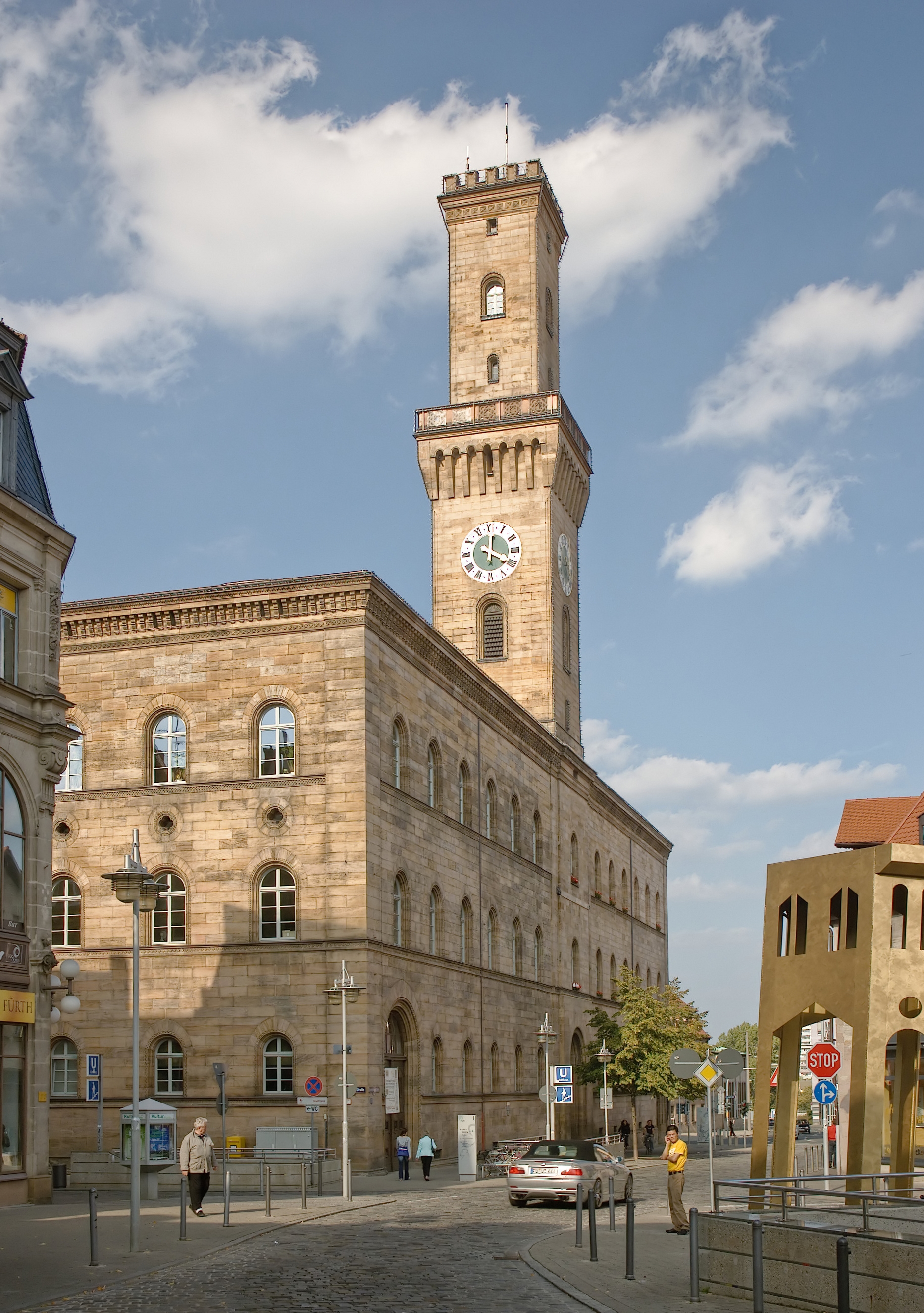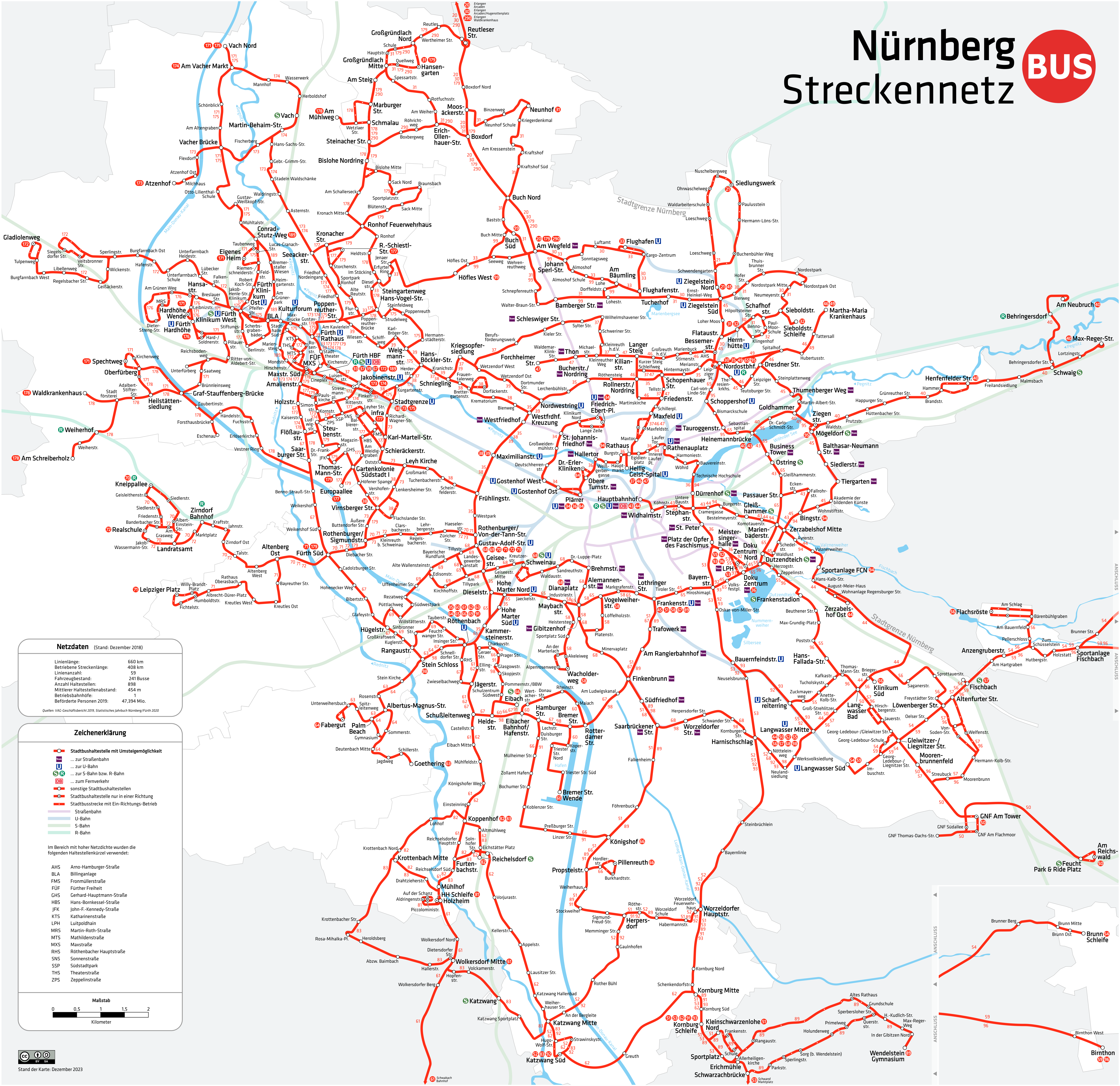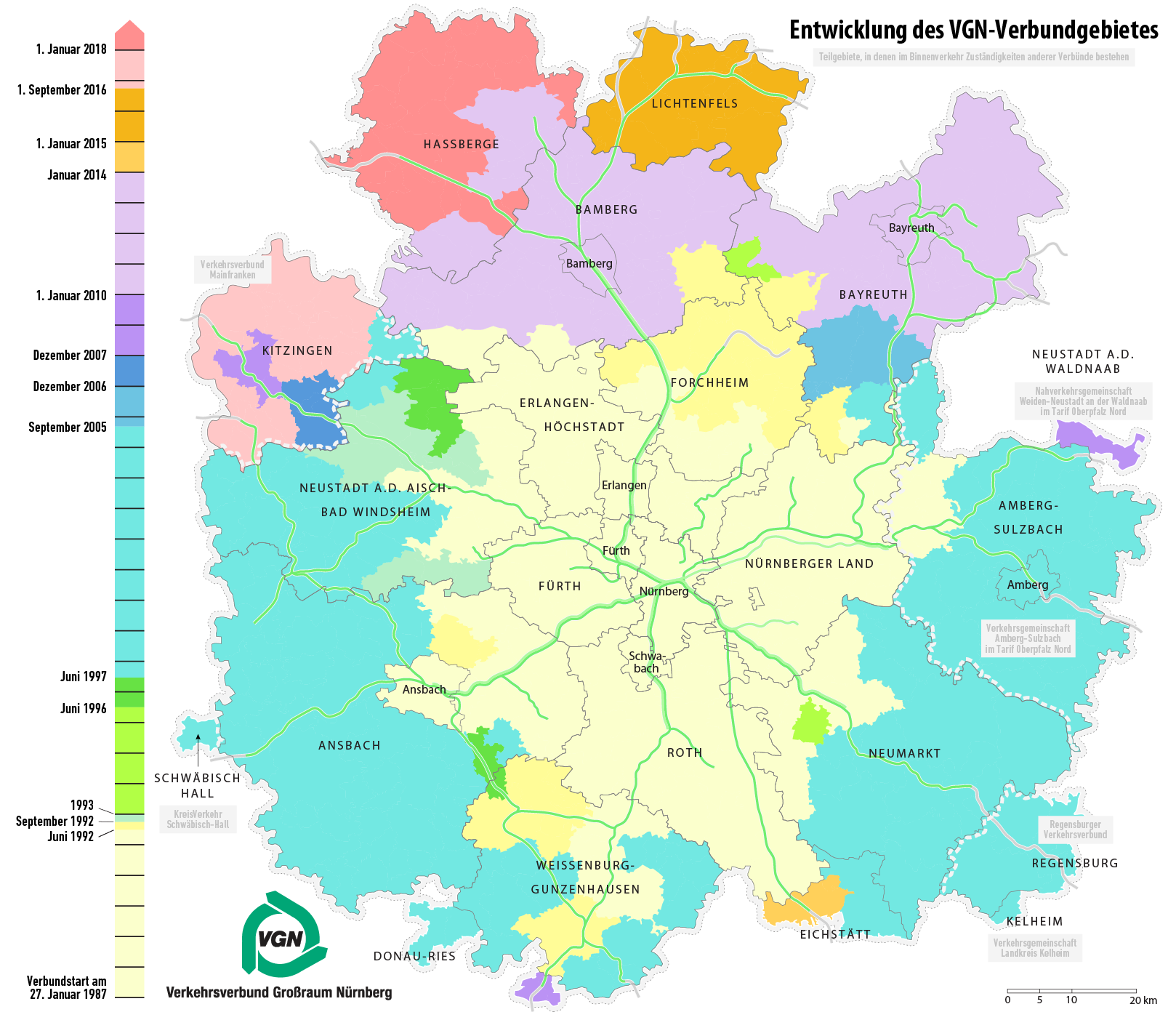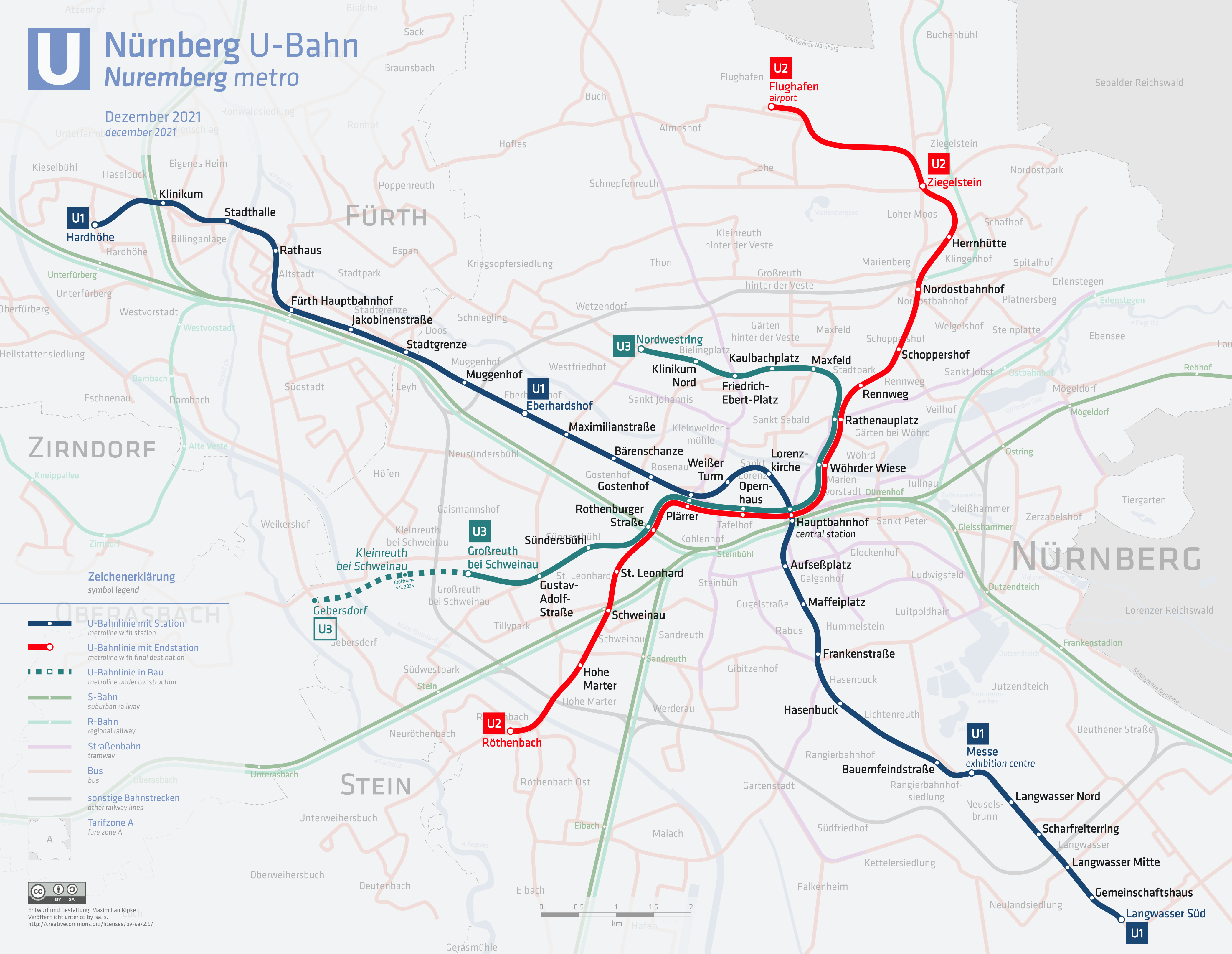|
Fürth Klinikum Station
Fürth Klinikum station is a Nuremberg U-Bahn station. Located on the U1 in Fürth, the station was opened on 12 December 2004. It is one of two opportunities to change between the U1 and the S1 of the S-Bahn Nuremberg in Fürth, the other being Fürth Hauptbahnhof Fürth (Bayern) Hauptbahnhof is a railway hub for the city of Fürth in Bavaria, Germany. The station is mainly frequented by regional services. It also has a connection to the Nuremberg U-Bahn (underground) system and the Nuremberg S-Bahn (commu .... In the course of the quadruple tracking of the Nuremberg-Bamberg mainline it is planned to rename the S-Bahn stop currently called "Unterfarnbach" to "Fürth - Klinikum" to make the connection to the U-Bahn more apparent. References Nuremberg U-Bahn stations Railway stations in Germany opened in 2004 {{Nuremberg-U-Bahn-stub ... [...More Info...] [...Related Items...] OR: [Wikipedia] [Google] [Baidu] |
Fürth
Fürth (; East Franconian: ; yi, פיורדא, Fiurda) is a city in northern Bavaria, Germany, in the administrative division (''Regierungsbezirk'') of Middle Franconia. It is now contiguous with the larger city of Nuremberg, the centres of the two cities being only apart. Fürth is one of 23 "major centres" in Bavaria. Fürth, Nuremberg, Erlangen and some smaller towns form the "Middle Franconian Conurbation", which is one of the 11 German metropolitan regions. Fürth celebrated its thousand year anniversary in 2007, its first mention being on 1 November 1007. Geography The historic centre of the town is to the east and south of the rivers Rednitz and Pegnitz, which join to form the Regnitz to the northwest of the Old Town. To the west of the town, on the far side of the Main-Danube Canal, is the Fürth municipal forest (''Fürther Stadtwald''). To the east of Fürth, at roughly the same latitude, lies Nuremberg, and to the north is the fertile market-gardening area know ... [...More Info...] [...Related Items...] OR: [Wikipedia] [Google] [Baidu] |
Nürnberg U1
Nuremberg ( ; german: link=no, Nürnberg ; in the local East Franconian dialect: ''Nämberch'' ) is the second-largest city of the German state of Bavaria after its capital Munich, and its 518,370 (2019) inhabitants make it the 14th-largest city in Germany. On the Pegnitz River (from its confluence with the Rednitz in Fürth onwards: Regnitz, a tributary of the River Main) and the Rhine–Main–Danube Canal, it lies in the Bavarian administrative region of Middle Franconia, and is the largest city and the unofficial capital of Franconia. Nuremberg forms with the neighbouring cities of Fürth, Erlangen and Schwabach a continuous conurbation with a total population of 800,376 (2019), which is the heart of the urban area region with around 1.4 million inhabitants, while the larger Nuremberg Metropolitan Region has approximately 3.6 million inhabitants. The city lies about north of Munich. It is the largest city in the East Franconian dialect area (colloquially: "Fra ... [...More Info...] [...Related Items...] OR: [Wikipedia] [Google] [Baidu] |
Verkehrs-Aktiengesellschaft Nürnberg
The ''Verkehrs-Aktiengesellschaft Nürnberg'' (VAG; Nuremberg Transport Company) is the municipal company responsible for operating the U-Bahn, trams, and buses throughout the city of Nuremberg, in the state of Bavaria, Germany. VAG is a wholly owned subsidiary of ''Städtischen Werke Nürnberg'' (''Nuremberg Municipal Works''), and a member of the ''Verkehrsverbund Großraum Nürnberg'' (VGN; Integrated Transport Association of Greater Nuremberg). History Nürnberg-Fürther Straßenbahn On April 12, 1881, entrepreneur Heinrich Alfes from Bremen received a charter for the manufacture and operation of a ''Pferdebahn'', a horse-drawn streetcar. The first line began operation on August 25, 1881, on the route Staatsbahnhof (current Nuremberg Hauptbahnhof) - Lorenzkirche - Plärrer - Bauerngasse. In 1883, the enterprise was reorganized into a private Aktiengesellschaft with the name Nürnberg-Fürther Straßenbahn-Gesellschaft, or Nuremberg-Fürth Streetcar Company. The company e ... [...More Info...] [...Related Items...] OR: [Wikipedia] [Google] [Baidu] |
Verkehrsverbund Großraum Nürnberg
The (VGN; Transport Association Region Nuremberg) is the transit authority of the city of Nuremberg, the second largest city of the German state of Bavaria. Its jurisdiction covers the city and its surrounding area, responsible for the Nuremberg S-Bahn commuter trains, the Nuremberg U-Bahn, the Nuremberg tramway and buses. While not co-extensive with the wider Nuremberg Metropolitan Region, it covers most of it with the exception of several smaller towns and rural areas on the periphery, as well as Sonneberg in the neighboring state of Thuringia. The VGN coordinates transport and fares in area comprising the city of Nuremberg, Fürth, Erlangen, Schwabach, Bayreuth, Bamberg, Ansbach, Amberg and 17 surrounding districts. It is jointly owned by the state of Bavaria, by the city of Nuremberg, Fürth, Erlangen, Schwabach, Bayreuth, Bamberg, Ansbach, Amberg and the 17 surrounding districts, which are: * Landkreis Ansbach * Landkreis Amberg-Sulzbach * Landkreis Bamberg * Landkreis Bay ... [...More Info...] [...Related Items...] OR: [Wikipedia] [Google] [Baidu] |
Buses In Nuremberg
A bus (contracted from omnibus, with variants multibus, motorbus, autobus, etc.) is a road vehicle that carries significantly more passengers than an average car or van. It is most commonly used in public transport, but is also in use for charter purposes, or through private ownership. Although the average bus carries between 30 and 100 passengers, some buses have a capacity of up to 300 passengers. The most common type is the single-deck rigid bus, with double-decker and articulated buses carrying larger loads, and midibuses and minibuses carrying smaller loads. Coaches are used for longer-distance services. Many types of buses, such as city transit buses and inter-city coaches, charge a fare. Other types, such as elementary or secondary school buses or shuttle buses within a post-secondary education campus, are free. In many jurisdictions, bus drivers require a special large vehicle licence above and beyond a regular driving licence. Buses may be used for scheduled bus ... [...More Info...] [...Related Items...] OR: [Wikipedia] [Google] [Baidu] |
Nuremberg U-Bahn
The Nuremberg U-Bahn is a rapid transit system run by ''Verkehrs-Aktiengesellschaft Nürnberg'' (VAG; Nuremberg Transport Corporation), which itself is a member of the ''Verkehrsverbund Großraum Nürnberg'' (VGN; Greater Nuremberg Transport Network). The Nuremberg U-Bahn is Germany's newest metro system, having begun operation in 1972, although the Nuremberg-Fürth route (U1) uses part of the right of way of the Bavarian Ludwig Railway, Germany's first passenger railway opened in 1835. The current network of the U-Bahn is composed of three lines, serving 49 stations, and comprising of operational route, making it the shortest of the four metro systems in Germany, behind Berlin, Hamburg and Munich. In 2008, driverless and fully automated trains were introduced on the new U3 line, making it Germany's first automatic U-Bahn line. History Plans for a metro in Nuremberg go back to 1925, when Nuremberg graduate engineer Oscar Freytag spoke out in favor of building a metro under F� ... [...More Info...] [...Related Items...] OR: [Wikipedia] [Google] [Baidu] |
S1 (Nuremberg)
The S1 is a service on the Nuremberg S-Bahn. It is long and runs from Bamberg via Erlangen, Fürth and Nuremberg to Hartmannshof. History The line opened on September 26th 1987 with initial service from Nuremberg main station to Lauf (links der Pegnitz). With the December 2010 schedule change, it was extended to Bamberg via Fürth and Erlangen. Upgrades and service extensions In the course of the VDE8 Nuremberg–Erfurt high-speed railway, the existing line between Bamberg and Nuremberg is extended to quadruple tracks. However, within the city boundaries of Fürth this planned upgrade ran into problems. As the original plans called for the two S-Bahn tracks to be laid east of the existing line to connect a (then planned but since scrapped) new industrial development between the cities of Nuremberg Fürth and Erlangen, the existing station of "Vach" would have lost passenger rail service and would have been replaced with two new stations called "Fürth Steinach" and "Fürth Stadel ... [...More Info...] [...Related Items...] OR: [Wikipedia] [Google] [Baidu] |
S-Bahn Nuremberg
The Nuremberg S-Bahn (german: S-Bahn Nürnberg) is an S-Bahn network covering the region of Nuremberg, Fürth and Erlangen which started operations in 1987 and is now integrated into the Greater Nuremberg Transport Association (Verkehrsverbund Großraum Nürnberg). The full length of the five current lines is about 277.6 kilometres. The S-Bahn trains are operated by DB Regio Mittelfranken, a subsidiary of DB Regio Bayern. From December 2018 the service was due to be taken over by National Express Germany, however it withdrew from the bidding process on 25 October 2016, so the lines will continue to be operated by DB Regio Mittelfranken for the foreseeable future. The service between Fürth and Erlangen-Bruck has been marred by frequent delays and service restrictions due to the slow construction for four-track expansion. No completion date is given. The original plans for the upgrade of the Nuremberg Bamberg line to four tracks called for a new alignment of S-Bahn tracks east of ... [...More Info...] [...Related Items...] OR: [Wikipedia] [Google] [Baidu] |
Fürth Hauptbahnhof (Nuremberg U-Bahn)
Fürth (Bayern) Hauptbahnhof is a railway hub for the city of Fürth in Bavaria, Germany. The station is mainly frequented by regional services. It also has a connection to the Nuremberg U-Bahn (underground) system and the Nuremberg S-Bahn (commuter) network. Long-distance services Until the timetable change in 2003, the station was a stop for Intercity (IC) trains that linked Nuremberg Hauptbahnhof via Fürth to Würzburg Hauptbahnhof and Frankfurt am Main. Today the only long-distance train calling at Fürth Hauptbahnhof is the CityNightLine ''Pluto'' which runs from Munich to Berlin. Regional services Regional services heading eastwards run through the neighbouring city of Nuremberg and onwards towards Neumarkt (Oberpfalz)–Regensburg Hauptbahnhof–Munich Hauptbahnhof or Treuchtlingen–Munich Hauptbahnhof. Around a kilometre to the west of the station the route divides and runs in three different directions. One line, the Nuremberg–Bamberg railway (timetab ... [...More Info...] [...Related Items...] OR: [Wikipedia] [Google] [Baidu] |
Nuremberg U-Bahn Stations
Nuremberg ( ; german: link=no, Nürnberg ; in the local East Franconian dialect: ''Nämberch'' ) is the second-largest city of the German state of Bavaria after its capital Munich, and its 518,370 (2019) inhabitants make it the 14th-largest city in Germany. On the Pegnitz River (from its confluence with the Rednitz in Fürth onwards: Regnitz, a tributary of the River Main) and the Rhine–Main–Danube Canal, it lies in the Bavarian administrative region of Middle Franconia, and is the largest city and the unofficial capital of Franconia. Nuremberg forms with the neighbouring cities of Fürth, Erlangen and Schwabach a continuous conurbation with a total population of 800,376 (2019), which is the heart of the urban area region with around 1.4 million inhabitants, while the larger Nuremberg Metropolitan Region has approximately 3.6 million inhabitants. The city lies about north of Munich. It is the largest city in the East Franconian dialect area (colloquially: "Franconian"; ... [...More Info...] [...Related Items...] OR: [Wikipedia] [Google] [Baidu] |








